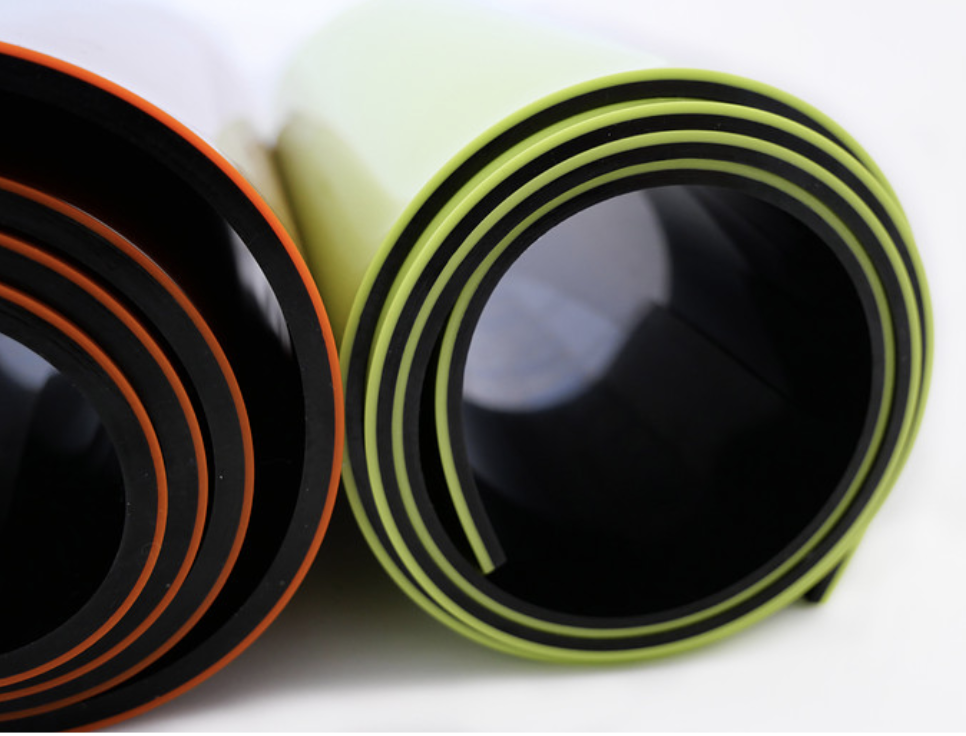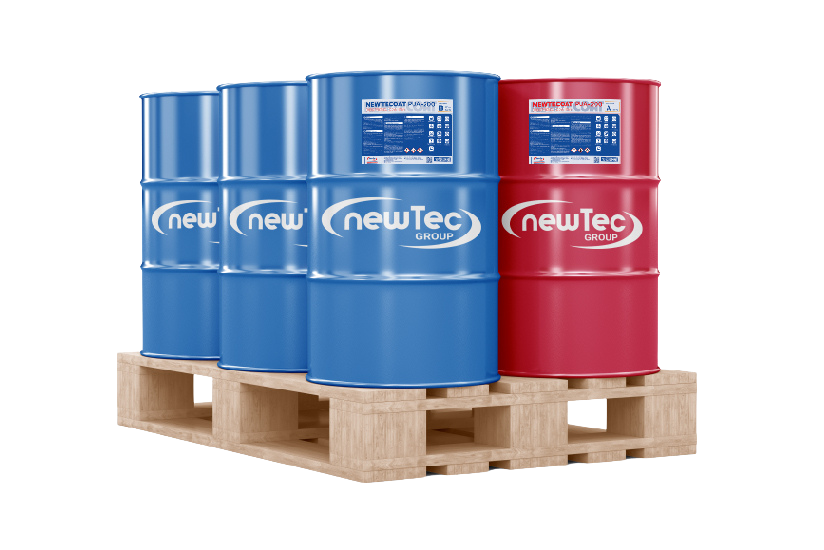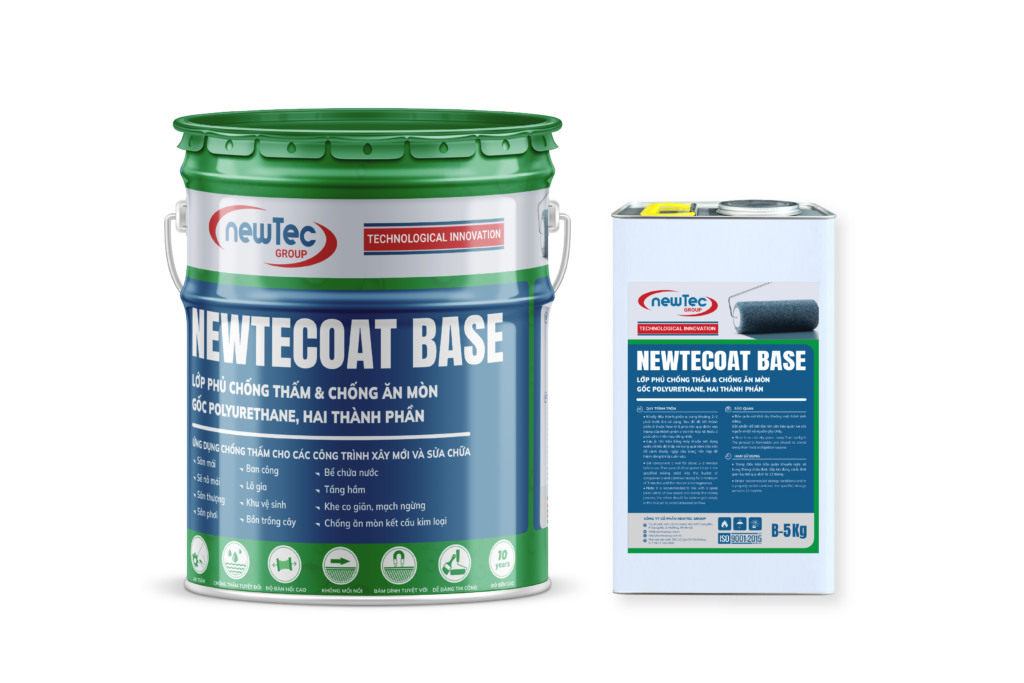Polyurethane is one of those materials that pop up everywhere, but not everyone knows what it is. Is it a type of plastic? Well, kind of—but it’s more complicated than that. From its unique chemical makeup to its wide range of uses, polyurethane stands out as a versatile material that doesn’t quite fit the typical plastic mold. Let’s break it down and see what makes polyurethane so special.
Key Takeaways
- Polyurethane is a polymer made by combining polyols and isocyanates. It can be tailored to be flexible or rigid.
- Unlike traditional plastics, polyurethane is often thermosetting, which doesn’t melt when heated.
- It’s used in a wide array of industries, from automotive and construction to everyday consumer products.
- Polyurethane is valued for its durability, flexibility, and resistance to wear and corrosion.
- Eco-friendly advancements are making polyurethane a more sustainable material option.
What Is Polyurethane and Its Chemical Composition
Understanding Urethane Links
Polyurethane is built from chains of organic molecules connected by urethane links. These links are formed during a chemical reaction between two key components: polyols (alcohols with multiple hydroxyl groups) and isocyanates. This reaction is what gives polyurethane its unique structure and versatility. Depending on the formulation, these urethane links can create materials that are either rigid or flexible.
Role of Polyols and Isocyanates
The two main ingredients in polyurethane production are:
- Polyols: These are alcohol-based compounds that contribute to the flexibility and elasticity of the material.
- Isocyanates: These are highly reactive chemicals that determine the rigidity or softness of the final product. Common types include toluene diisocyanate (TDI) and methylene diphenyl diisocyanate (MDI).
- Additives: Other materials, like water or catalysts, are often included to fine-tune the properties of the polyurethane.
By adjusting the ratio of polyols to isocyanates, manufacturers can create a wide range of products, from soft foams to hard plastics.
How Polyurethane Differs from Other Polymers
Polyurethane stands apart from traditional plastics like polyethylene or polystyrene. While those materials are thermoplastics (they melt when heated), polyurethane is typically a thermosetting polymer. This means it retains its shape even under high temperatures. This property makes it ideal for demanding applications, such as insulation or automotive parts, where durability is key.

How Polyurethane Differs from Other Polymers
Polyurethane isn’t just “plastic”—it’s a highly adaptable material with a unique chemical backbone that sets it apart from most other polymers.
Is Polyurethane Plastic or Something Else?
Thermosetting vs. Thermoplastic Properties
Polyurethane stands out from conventional plastics because it behaves as a thermosetting material, meaning it hardens permanently after curing. Unlike thermoplastics, which soften and can be reshaped with heat, polyurethane retains its structure even when exposed to high temperatures. This unique property makes it ideal for applications requiring durability and stability under extreme conditions. For example, it’s commonly used in insulation materials and heavy-duty coatings.
Elasticity and Resilience of Polyurethane
While traditional plastics like polyethylene or PVC are rigid and brittle, polyurethane is known for its elasticity and resilience. Its molecular structure allows it to stretch and recover without permanent deformation, making it a preferred choice for products like foam cushions, elastomeric wheels, and flexible seals. This balance between flexibility and strength gives polyurethane an edge over many other polymers.
Comparison with Conventional Plastics
Here’s a quick comparison to highlight how polyurethane differs from traditional plastics:
| Property | Polyurethane | Traditional Plastics (e.g., PVC, Polypropylene) |
|---|---|---|
| Heat Resistance | High (doesn’t melt) | Low to moderate |
| Elasticity | High | Low to none |
| Customizability | Very high | Moderate |
| Environmental Impact | Potentially lower (with eco-friendly options) | Typically higher |
Polyurethane is not just another plastic; it’s a versatile material that bridges the gap between rubbers and plastics, offering unique properties that traditional polymers simply can’t match.
Applications of Polyurethane Across Industries
Automotive and Transportation Uses
Polyurethane is everywhere in the automotive world. It’s used in seats, dashboards, and even bumpers because of its durability and lightweight nature. This material helps improve fuel efficiency by reducing vehicle weight. Beyond that, it’s also found in insulation for vehicle interiors, helping reduce noise and maintain temperature. Tires? Yes, even there, polyurethane plays a role, especially in high-performance or specialty tires.

Polyurethane is everywhere in the automotive world
Construction and Building Materials
In construction, polyurethane insulation is a game changer. It’s commonly used in walls, roofs, floors, and even pipes to enhance energy efficiency. Builders also use polyurethane as a sealant or adhesive because it bonds well and resists wear. Plus, it’s a favorite for protective coatings, safeguarding surfaces from moisture and corrosion. Flexible or rigid, this material adapts to the needs of modern construction projects.
Consumer Goods and Everyday Products
From your shoes to your mattress, polyurethane is in the stuff you use daily. It’s a go-to for foam cushions in furniture and bedding, offering comfort and durability. It’s also in footwear, where it provides lightweight yet sturdy soles. Even refrigerators and freezers rely on polyurethane for insulation to keep things cold efficiently. And don’t forget its role in coatings for electronics or even as part of protective cases for gadgets.
The Benefits of Using Polyurethane Materials
Durability and Corrosion Resistance
Polyurethane stands out for its incredible durability. It can handle wear and tear while resisting corrosion, making it a go-to material for harsh environments like industrial machinery or outdoor settings. Its ability to withstand both physical and chemical stress makes it highly reliable. Whether it’s marine applications or heavy-duty industrial use, polyurethane delivers long-lasting performance.
- Resistant to cracking and abrasion
- Ideal for high-traffic areas
- Maintains integrity under harsh conditions
For example, liquid polyurethane material is particularly valued for its ability to resist cracking and corrosion, ensuring durability in demanding applications.
Flexibility and Customization
One of the coolest things about polyurethane is how adaptable it is. It can be molded into almost any shape or form, from soft foams to rigid sheets. Need a custom part for a machine? Polyurethane can do that. Want a specific color or finish? No problem. This flexibility makes it a favorite for designers and engineers alike.
- Can be adjusted for hardness and density
- Easily molded into complex shapes
- Available in a variety of finishes and colors
Eco-Friendly Innovations in Polyurethane
Polyurethane has come a long way in terms of sustainability. Manufacturers are now exploring plant-based components and recyclable options to reduce their environmental footprint. While it’s not perfect, these innovations show that polyurethane is moving toward a greener future.
Polyurethane’s ability to blend durability with eco-conscious advancements makes it a forward-thinking choice for industries aiming to reduce waste.
The History and Evolution of Polyurethane
Origins in the 1930s
Polyurethane’s story begins in the 1930s, when it was first synthesized by Dr. Otto Bayer. Back then, the world was on the brink of World War II, and scientists were racing to create new materials to meet wartime demands. Polyurethane emerged as a groundbreaking discovery, offering a synthetic alternative to rubber, which was both expensive and in short supply.
During the war, polyurethane was primarily used for coatings, such as protective finishes for airplanes and clothing. Its versatility quickly became apparent, paving the way for its post-war expansion into other industries.
Advancements in Polyurethane Technology
The post-war years saw a boom in polyurethane innovation. Manufacturers began experimenting with different chemical formulations, leading to the development of rigid and flexible foams, adhesives, and elastomers. By the 1950s, polyurethane foam became a popular insulation material, revolutionizing the construction industry.
Over the decades, advancements in chemistry allowed for even greater customization. Polyurethane could now be tailored for specific applications, from soft, cushiony materials for furniture to tough, durable coatings for industrial use. This adaptability cemented its role as a key player in modern manufacturing.
Future Trends and Sustainability
Looking ahead, the focus has shifted toward making polyurethane more sustainable. Researchers are exploring plant-based polyols and recycling technologies to reduce the environmental impact of production. There’s also growing interest in biodegradable forms of polyurethane, which could help address concerns about plastic waste.
Polyurethane’s journey from a wartime substitute to a modern-day essential highlights its adaptability and potential for innovation. As industries push for greener solutions, polyurethane is set to play a big role in shaping a sustainable future.
Here’s a quick timeline of polyurethane’s evolution:
- 1937: First synthesized by Dr. Otto Bayer.
- 1940s: Used in wartime applications like coatings and adhesives.
- 1950s: Introduction of polyurethane foam for insulation.
- Today: Focus on sustainability and eco-friendly innovations.
Key Properties That Make Polyurethane Unique
Density and Hardness Variability
One of the standout features of polyurethane is its ability to be tailored in terms of density and hardness. This means manufacturers can create products ranging from soft, cushiony foams to rigid, durable sheets. This flexibility makes polyurethane a go-to material for industries like construction and automotive.
- Soft foams are commonly used in furniture and bedding.
- Rigid forms are ideal for structural components and insulation.
- Medium-density variations find use in footwear and packaging.
High-Temperature Resistance
Polyurethane holds its shape and properties even under extreme temperatures. Unlike many traditional plastics, it doesn’t melt or deform easily. This makes it perfect for applications in environments with fluctuating or high temperatures, such as automotive engines or aerospace components.
| Temperature Range | Behavior of Polyurethane |
|---|---|
| Low (-50°F/-45°C) | Remains flexible and durable |
| High (up to 250°F/121°C) | Maintains structural integrity |
Shock Absorption and Chemical Resistance
Polyurethane is known for its excellent shock-absorbing properties, which is why it’s often used in protective gear, industrial machinery, and even sports equipment. Additionally, it resists oils, solvents, and other chemicals, making it a reliable choice for harsh industrial environments.
Polyurethane’s unique combination of resilience and resistance makes it an incredibly versatile material for countless applications.
How Polyurethane Is Manufactured
The Role of Monomeric Proportions
Polyurethane is formed through a chemical reaction between two primary components: polyols and isocyanates. These substances combine to create urethane linkages, which are the backbone of polyurethane’s structure. The ratio of polyols to isocyanates is critical, as it determines whether the material will be rigid, flexible, or somewhere in between. Catalysts and additives are often included in the mix to fine-tune the reaction speed and the properties of the final product.
Processes for Creating Flexible and Rigid Forms
Manufacturers use different techniques depending on whether they’re producing flexible foams, rigid panels, or other forms. Some common processes include:
- Injection Molding: The liquid polyurethane mixture is injected into a mold where it cures into the desired shape.
- Extrusion: This method heats the material and forces it through a die to create sheets, rods, or other continuous shapes.
- Pouring and Casting: For larger or custom shapes, the liquid is poured into molds and allowed to cure at room temperature or under heat.
These processes allow for a high degree of customization, making polyurethane suitable for everything from soft cushions to hard structural components.
Innovations in Sustainable Production
Sustainability is becoming a big focus in polyurethane manufacturing. Companies are exploring ways to reduce waste and use renewable materials. For example:
- Recycled Polyols: Some manufacturers are now using polyols derived from recycled plastics.
- Bio-Based Inputs: Efforts are underway to replace petroleum-based components with plant-based alternatives.
- Energy-Efficient Methods: New technologies aim to lower the energy required for production, reducing the carbon footprint of polyurethane products.
Modern advancements are helping polyurethane become more eco-friendly, making it a versatile option for industries looking to balance performance with sustainability.
For businesses requiring custom polyurethane products, in-house design and prototyping services can provide tailored solutions to meet specific needs.
Wrapping It Up: Polyurethane and Its Place in the World of Plastics
So, is polyurethane a plastic? Well, yes and no. While it shares some similarities with traditional plastics, its unique chemical structure and versatility set it apart. Polyurethane can be tailored to be soft and flexible or tough and rigid, making it a go-to material for everything from furniture cushions to industrial machinery. Its ability to resist heat and wear also gives it an edge in demanding environments. At the end of the day, polyurethane is more than just plastic—it’s a material that adapts to the needs of modern life. Whether you’re sitting on it, walking on it, or driving with it, polyurethane is everywhere, proving its worth in countless ways.
Read more: Understanding Why Polyurethane is Plastic: A Comprehensive Guide





You may also be interested in
Understanding What Polyurethane Foam When Burned Gives Off: Health Risks and Safety Precautions
Polyurethane foam is commonly used in many products, from furniture to insulation. However, when it
May
Exploring the Question: Is Polyurethane Durable Enough for Everyday Use?
Polyurethane is everywhere, from the cushions on your couch to the insulation in your walls.
May
Exploring the Truth: Is Polyurethane Eco Friendly in Today’s World?
Polyurethane is everywhere these days, from your furniture to your sneakers, but is polyurethane eco
May
Trusted Polyurea Manufacturer for Philippines Supporting Industrial and Construction Excellence
The polyurea market in the Philippines is poised for significant growth from 2025 to 2031,
May
The Role of a Reliable Polyurea Manufacturer for Malaysia in Enhancing Construction Quality
Polyurea coatings have become increasingly vital in Malaysia’s industrial and construction sectors due to their
May
Reliable Polyurea Manufacturer for Cambodia Supporting Industrial and Construction Growth
Polyurea coatings are increasingly recognized for their vital role in the industrial and construction sectors,
May
Meet the Leading Polyurea Manufacturer for Thailand Powering Industrial Applications
Polyurea coatings have become an essential solution in various industrial sectors due to their exceptional durability, rapid curing times, and resistance to
May
Exploring Polyurea Manufacturer & Custom Coating Options in Southeast Asia
Polyurea coatings have become a game-changer in the protective coatings industry due to their remarkable
May